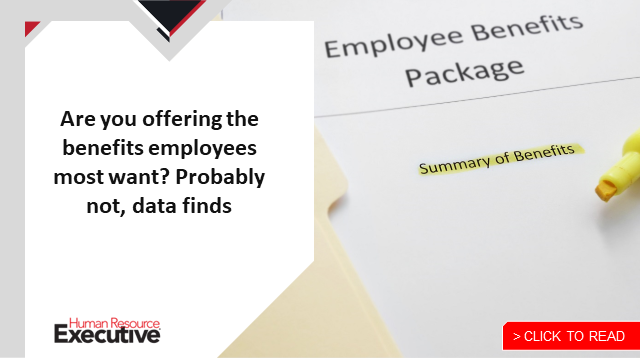Food, gas and housing are eating away at budgets these days, with inflation reaching 9.1%—the highest level since November 1981—in June. The average worker sees how his or her wages aren’t stretching nearly as far as they did last year. There’s no doubt that the American workforce is facing financial stress, along with the emotional, mental and physical tolls of life away from the workplace, including environmental, social and political challenges. The resilience of the American workforce is always commendable, to say the least, but the upcoming open enrollment season provides an opportunity for employers to consider how they can offer support.
Leaders increasingly recognize the role of empathy in the workplace—making space for employees to be human beings, with all that comes with it, rather than just part of a workforce and team. During open enrollment, when employees take stock of their health, family and financial security, an empathetic and people-first approach is more important than ever. Here are three ways for employers to deliver best-in-class and emotionally intelligent benefits that show support and care for their workforce.
1. Communicate openly about benefits changes. We already know that benefits are a substantial investment for employers and, if cost-sharing, a significant annual cost for employees. Whether through utilization numbers or surveys, employers can show they are listening to their staff by taking employee preferences and feedback into consideration prior to making informed decisions about any changes to the benefits package. Employers should give employees ample time to build awareness and opportunities to provide feedback.
Additionally, while it may not always be favorable news, any changes to benefits availability or cost-sharing are important for employees to know upfront, so that they can take appropriate measures to remain secure. HR and benefits leaders must make this communication clear and obvious—in other words, don’t hide it in the fine print—so that employees can plan for their personal budgets.
2. Provide access to cost-saving solutions. Even with health insurance, there are out-of-pocket costs that many people can’t pay. Simple ways employers can offer their workforce added peace of mind include:
- Supplemental insurance, which can help with expenses health insurance doesn’t cover. Insured individuals can use their benefits to help with medical co-pays, deductibles and prescriptions or everyday living expenses like rent, utilities or childcare.
- Financial planning resources and tools, which can help give employees a framework for making the most of their finances and plan for the present and for their future.
- Telehealth resources, which can help remove the barrier of seeing a doctor or therapist in person, making it easier for valued employees to seek the health care they need when they need it, often with reduced out-of-pocket costs.
3. Make mental health part of your benefits solution. A multitude of studies show that the pandemic cast a bright light on a growing mental health crisis in America. In fact, Aflac’s annual WorkForces Report found that more than one-third (36%) of American workers feel their mental health negatively affected their job performances last year. Adding to the strain, just over half (53%) of workers at large companies have high anxiety about healthcare costs beyond what their insurance covers.
An estimated 52.9 million, or 21%, of U.S. adults experience mental illness. Fortunately, insurance providers like Aflac recognize this growing need and have developed solutions that help employers offer health benefits that include coverage for mental health conditions. Making mental wellness part of the benefits strategy demonstrates to employees that their employers value their mental wellbeing both at work and at home.
Many of the challenges employees are facing right now may feel like they are out of employers’ hands. Yet, as HR leaders, workers are looking to you to help build benefits packages that are relevant and support their physical, mental and financial health in the best and most practical ways possible. The solutions are there. Taking an emotionally intelligent approach can improve benefits satisfaction and overall benefits utilization for a healthy and more productive workforce, with results that extend well beyond open enrollment season.

